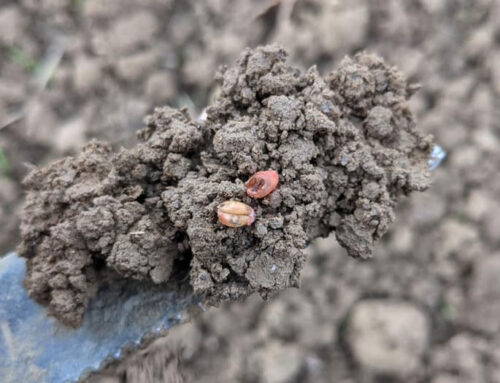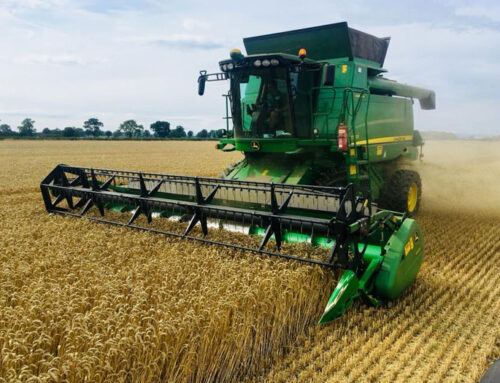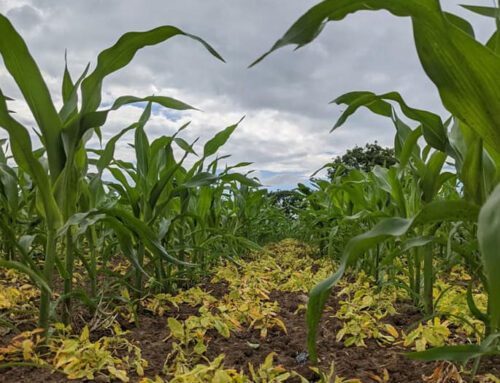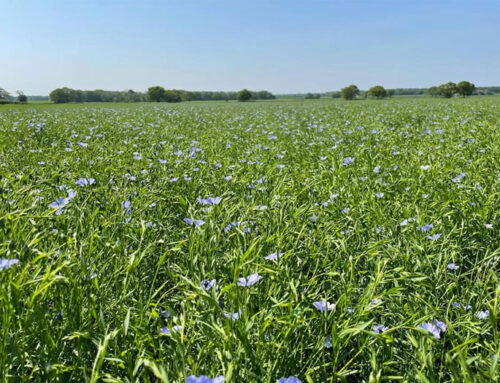First off I’d like to wish everyone a happy new year and all the very best for 2020. To date the year has started on a much more positive note than its predecessor. The more settled weather has improved soil conditions no end, and in some cases has even prompted some drills to awaken from their post new years snooze and re enter the winter sowing campaign. Like kids in a sweet shop some of my growers are getting rather excited at the prospect of sowing some more winter wheat, especially with the northward trend in price. I however would still proceed with caution, if the seedbeds are kind then the chequered flag can be raised, but if conditions are sticky, cloddy and sad then I’m afraid I’d wait on the grid just that bit longer.
Recent visits around my clients are providing me with the same knowledge gained pre-Christmas, those sown early look impressive and have tillered well, while the variation on later sown crops is huge. The recent frosts have slowed down slug activity however it is the predator from above which is now a cause for concern. Like a prop 10 minutes after kick-off, the later sown crops are slow off the mark and are being bombarded with rooks. The abundance of different bird deterrents always amazes me when walking, I have even seen an old AOL ‘Free internet trial’ CD hanging from the ever-trusty bailer twine. I am by no means old, but I remember these coming with the Daily Mail 20 years ago, they made trusty coasters in our kitchen.
Over the last couple of days a few sprayers braved the elements and some residual herbicides have been able to be applied without making a mess. I have prioritised what needs doing with cereals on client’s farms, providing ground conditions allow. Top of the job sheet are any barleys that were left out pre-Christmas as once we get going, we have no other method of grassweed control in this crop. Next on the cereal sheet are those late sown wheats where growth stage is around 1-2 leaves and weed germination is virtually nil. This allows us to get that build up of residual activity before weeds have emerged. Most of the light land cereals got sprayed in the autumn and early weed control looks good, however any of the outcasts that were left out I will leave until spring as these will benefit more from a sulfonylurea than a residual.
The majority of kerb applications have now been made where needed to OSR crops and size of crop canopy has determined whether or not a fungicide has been added to the tank. Those thicker crops where phoma can be spotted will have received a low dose of prothioconazole while thinner backwards crops will have to wait until early spring when they actually have some leaf material. I wouldn’t be too hasty in ripping out backwards OSR crops just yet, unless there is zero potential. Oilseed rape has a great ability to excuse the pun, ‘Spring’ to life in March and as with wheat the end market price is only heading in the right direction.




